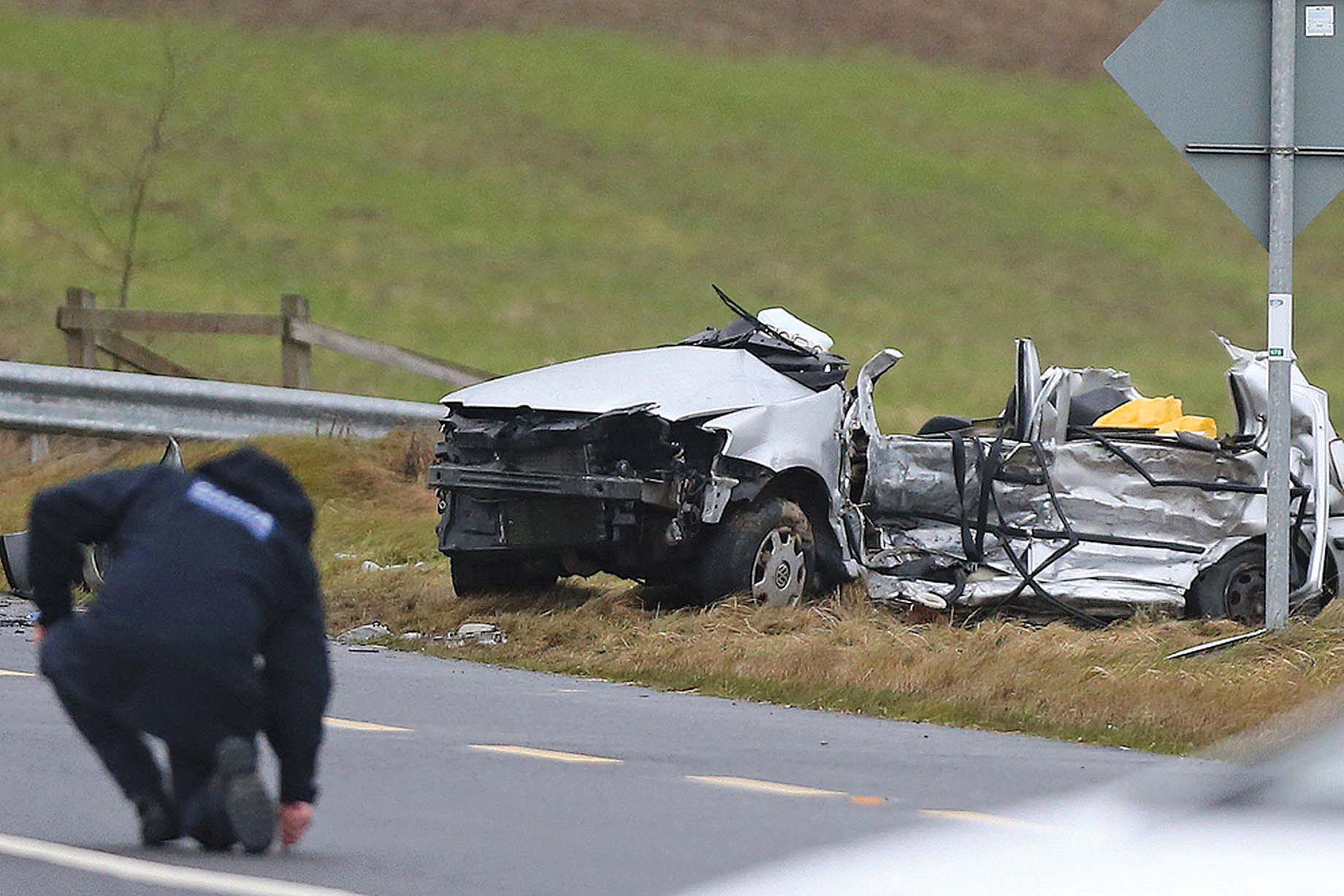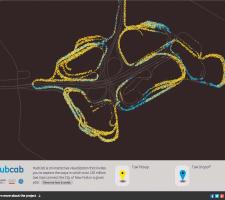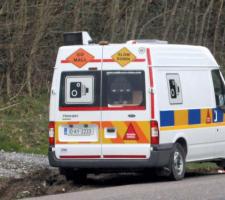
Ireland’s mobile speed cameras have been shown to save lives and money but face a legal challenge. David Crawford reports.
In 2011 the Republic of Ireland introduced mobile safety cameras on dangerous roads which have, according to the country’s first cost-benefit analysis of the technology, saved an average of 23 lives a year.
A study by the Department of Economics at Trinity College, Dublin, carried out for the Irish Department of Transport, has also found that benefits outweighed costs by more than five to one.
In 2013, the country experienced a toll of 41 road deaths per million of population, with the economic cost of all accidents totalling almost €910 million (US$1001 million). The statutory Road Safety Authority has set a target of 25 deaths or fewer by 2020, in line with the 2011-2020 European Road Safety Action programme.
The study’s author, Derek Rafferty, has examined the effects of the introduction by the GoSafe consortium of a fleet of camera vans at known accident blackspots. The annual operating cost averaged €16 million (US$ 17.6 million), but the benefits gained from prevented accidents amounted to €86.07 million (US$94.68 million). “I was expecting the cost benefit to be positive . . . but never so positive,” he told a 2014 Dublin Economics Workshop conference.
Identifying the benefits of the technology involved before and after comparisons of death and injury rates at known black spots; some camera-equippped, others not.
The research factored in the effects of reduced traffic volumes caused by the recent Irish recession, and of national trends in accident reduction following greater official efforts in enforcement, road engineering and safety education.
The study calculates the financial benefit of the 23 lives saved per year using the Irish Department of Transport’s 2013 value of a life of €2.67 million (US$2.94 million).
When adding the savings on all types of accident to fine revenues collected from drivers detected by the vans while speeding – which came to a further €6.9 million (US$7.6 million) a year - the overall benefits averaged €92,975,995 (US$102,273,595) a year.
The payback period has been ‘practically immediate’, concludes the study. ‘From the first year of operation, the monetary value of the benefits delivered far exceeded their costs.’ The benefits were mostly societal, with almost 92% being delivered in the form of reduced accident levels.
Led by Irish traffic monitoring and enforcement specialist
Despite the highly encouraging results, Irish courts have been throwing out numbers of prosecutions brought by the Garda, in challenges not to the technology itself, but to the procedures involved in the official processing of the information produced by it.
Contributory factors being cited include the relative newness of the outsourcing of police responsibilities; and the need for clearer guidance on the enforcement of the country’s road traffic legislation, a report on which the Department of Justice has requested.
But the Road Safety Authority is keen for the system to continue - and develop. Its Road Collection Factbook points out that speed is the main factor in 54% of all single-vehicle crashes.
A spokeswoman told ITS International: “The safety camera system has been hugely successful and saved many lives.” Again, the study “clearly highlights that, contrary to popular belief, safety cameras are not a ‘cash cow’ for the State.
“The operational costs are more than double the fine income they generate. Safety cameras save lives in a cost-effective way and the continued expansion of the programme is a worthwhile objective.”
There is also strong evidence of public support in the June 2014 research conducted by Behaviour & Attitudes, the country’s largest independent market research company. It found that 81% of all adults support the cameras, while 71% see them as effective in encouraging motorists to drive more safely.
The study warns of the need for continuous evaluation of the system, and for recognition that the results, favourable as they are, do not necessarily mean that it is “automatically worthy” of future investment, as against other potential road safety solutions. But Rafferty hopes the existence of the cost benefit analysis will enable better benchmarking in future.| Benefits | € (US$) |
|---|---|
| Accidental Savings | 80,070,395 (88,077,435) |
| Fine revenues | 6,905,600 (7,596,160) |
| Total | 86,975,995 (95,673,595) |
| Costs | € (US$) |
| GoSafe Contract | 16,000,000 (17,600,000) |
| Signage etc | 103,667 (114,034) |
| Planning | 4,552 (5,007) |
| Enforcement | 149,988 (164,987) |
| Publicity | 339,728 (373,701) |
| Total Costs | 16,597,935 (18,257,729) |
| Net Benefit | 70,378,060 (77,415,866) |
| Benefit Cost Ratio | 5.24 |
IBEC
“Cities around the world are increasingly capitalising on public data through local and regional ‘open data’ initiatives,” says International Benefits, Evaluation and Costs (IBEC) member Dr Meead Saberi.
Saberi, who leads the City Science Research Group in the Institute of Transport Studies at Monash University in Melbourne, Australia, points to the Melbourne Open Data pilot aimed at enhancing public services, and supporting new economic and social initiatives. It will give public access to datasets including information from parking sensors and pedestrian counters.
However, he stresses, “using big open data to generate value relies on the methodological capacity to render masses of data into meaningful and useful information. Being able to extract useful findings is crucial to making cities ‘smarter’, empowering new civic movements, and changing the way citizens experience urban life.”
But the potential benefits of open data often go beyond generating economic activity.
“The social impact is significant too, although less well recognised. It could improve political transparency, enhance education and research, support personal decision-making, promote more inclusive urban developments, support advocacy efforts and increase public data literacy.
“To unlock the economic and social benefits of big open data, we need a better understanding of the opportunities in, and challenges to, publishing it. Data from automatic vehicle location in public transit is already used in mobile and web applications to provide real-time arrival estimations and help navigating services.”
But data from the likes of transit smartcards, pedestrian and cyclist counters, parking sensors and GPS-based taxi tracking is less well exploited. One promising initiative is Hubcab, an online interactive visualisation that captures more than 170 million taxi trips made each year within New York City. “This demonstrates the vast economic and environmental potential of taxi pooling, a new approach to social sharing,” says Saberi.
To maximise the benefits of releasing open government data, they need to figure out which datasets are more in demand and have higher potential for generating benefits.
Since 2009, Australian open data advocates have held a non-profit annual ‘GovHack’, with government support. This draws together people from government, industry, academia and consumers to explore new ways of using government open data.
The 2014 event took place in 11 Australian cities, drawing over 1,300 participants and generating nearly 200 projects for tackling data problems in areas including open government, science and social inclusion. “The growing number of advocates and users offers an exciting opportunity for both governments and the public”, says Saberi.
In 2016, Australia will host the ITS World Congress. “This will be another great occasion to discuss opportunities in, and challenges to, publishing open data, especially from ITS applications.
“The growing worldwide interest in connected vehicles technology and, more generally, the ‘internet of things’, calls for studies focusing on the intersection of open data, technology and policy to maximise the benefits of data-driven innovation in both the public and private sectors.”
The IBEC Working Group is set up to exchange information on, and evaluate the benefits and costs of, ITS.













